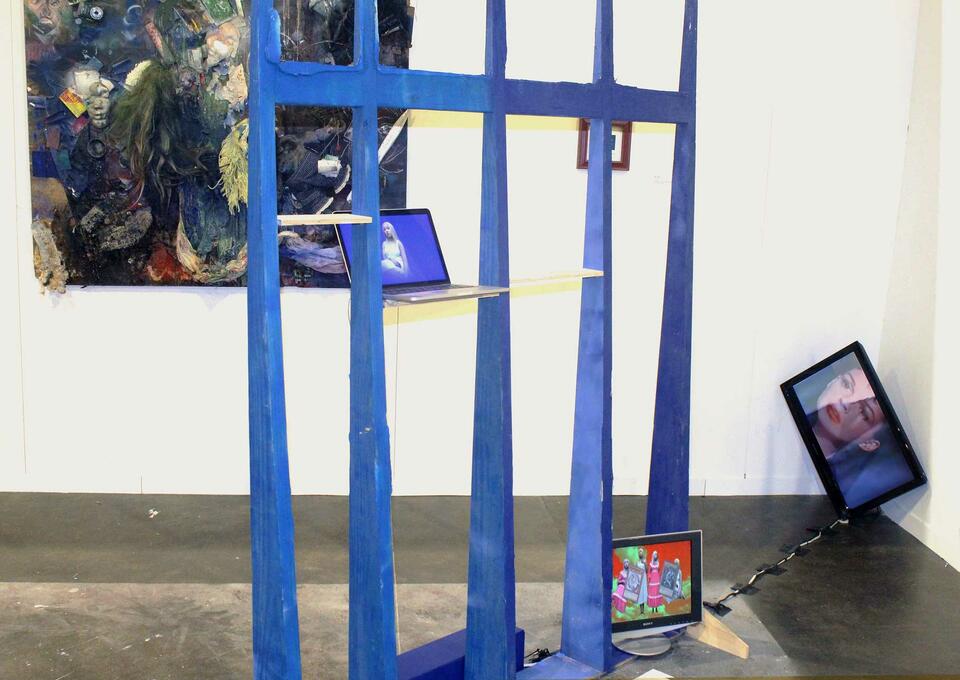Yuemeng Dai
Discovering The Lightness of Being
In the Chinese Metro System
Subways, vital for urban transit, effectively transport numerous passengers but may limit personal freedom. In Beijing, subway lines cover 519 miles and are deeply embedded, necessitating 1-2 hour daily commutes. The high passenger volume at peak times quickens station movement and involves long walks and multiple transfers. Passengers, propelled by the crowd, temporarily lose their autonomy, traversing the system as mere components until reaching their stops. This constrained experience, under harsh lights and repetitive visuals, questions if we lose identity or engage differently. How might redesigning subway environments revitalize our daily journeys and reclaim our personal agency?
Initially thrilled by the subway's seamless integration into urban life, I appreciated its rapid connectivity across a sprawling city. Positioned near homes and offices, subway stations blend into the cityscape, making my commute a direct underground line between home and work.
It wasn't until two months later, on a tired evening as I squeezed into the subway security checkpoint with the flow of people leaving the office building, looking forward at the endless white walls, that I realized something was missing. The industry had demonstrated its power, turning the underground city into a mechanized factory, expelling any kind of richness or variety of color, speed, texture, sound, the dampness of earth, and the exuberance of life.
In this ceaselessly flowing underground river, I was merely a grain of sand being pushed by the force of the water.
Image

Underground Daze
Since the first London Underground in 1863, subways have expanded globally, evolving from steam-powered lines to electric systems suitable for passengers. Early designers like Charles Holden emphasized function, shaping the modernist approach to subway architecture with utilitarian, bright interiors, notably in New York and Boston with their iconic white tiles enhancing cleanliness and light. This style influenced global subway design, maintaining a focus on functionality and minimalism even as systems like Beijing's initially served military purposes before public use. As subway networks grew, particularly in Beijing, they catered to increasing urban sprawl and population, yet the emphasis on economical, functional design persisted, raising questions about its suitability in today's extended and crowded commutes.
Image
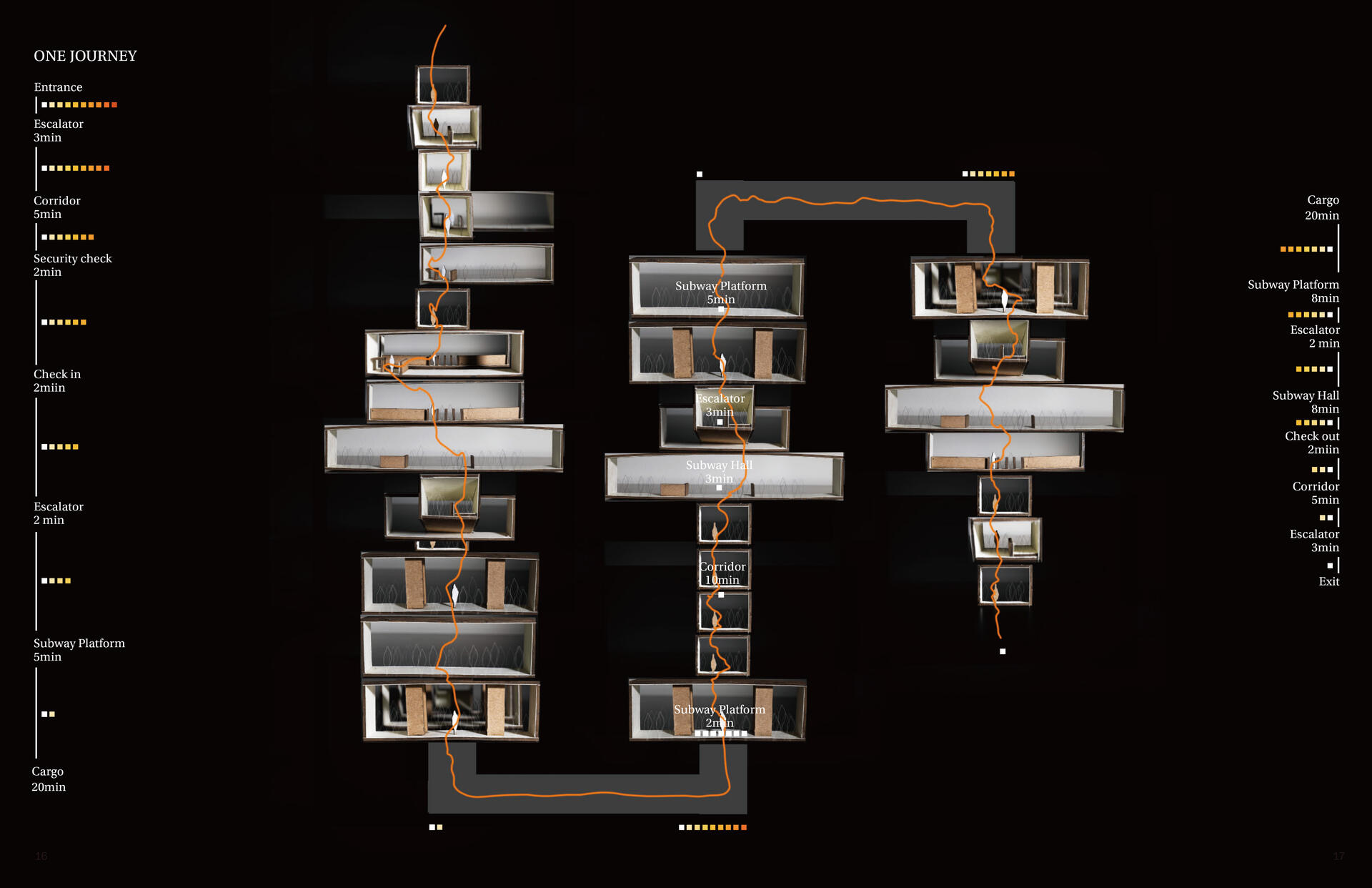
Endless process
Over centuries, architectural evolution has intertwined technology and human needs, moving from the utilitarian focus of Roman times to the spiritual aspects of medieval architecture. The Renaissance emphasized human-scale aesthetics, while the 20th century saw modernism with Le Corbusier reimagining homes as "machines for living," blending functionality with design aesthetics. Postmodernism and sustainable architecture have continued this trend, focusing on environmental concerns and the social impact of design. Today, the reevaluation of subway systems reflects a shift in how we view architecture's role in urban life, questioning whether it serves us or reduces us to mere passengers, prompting a rethink of design priorities to enhance human engagement with their environments.
Image
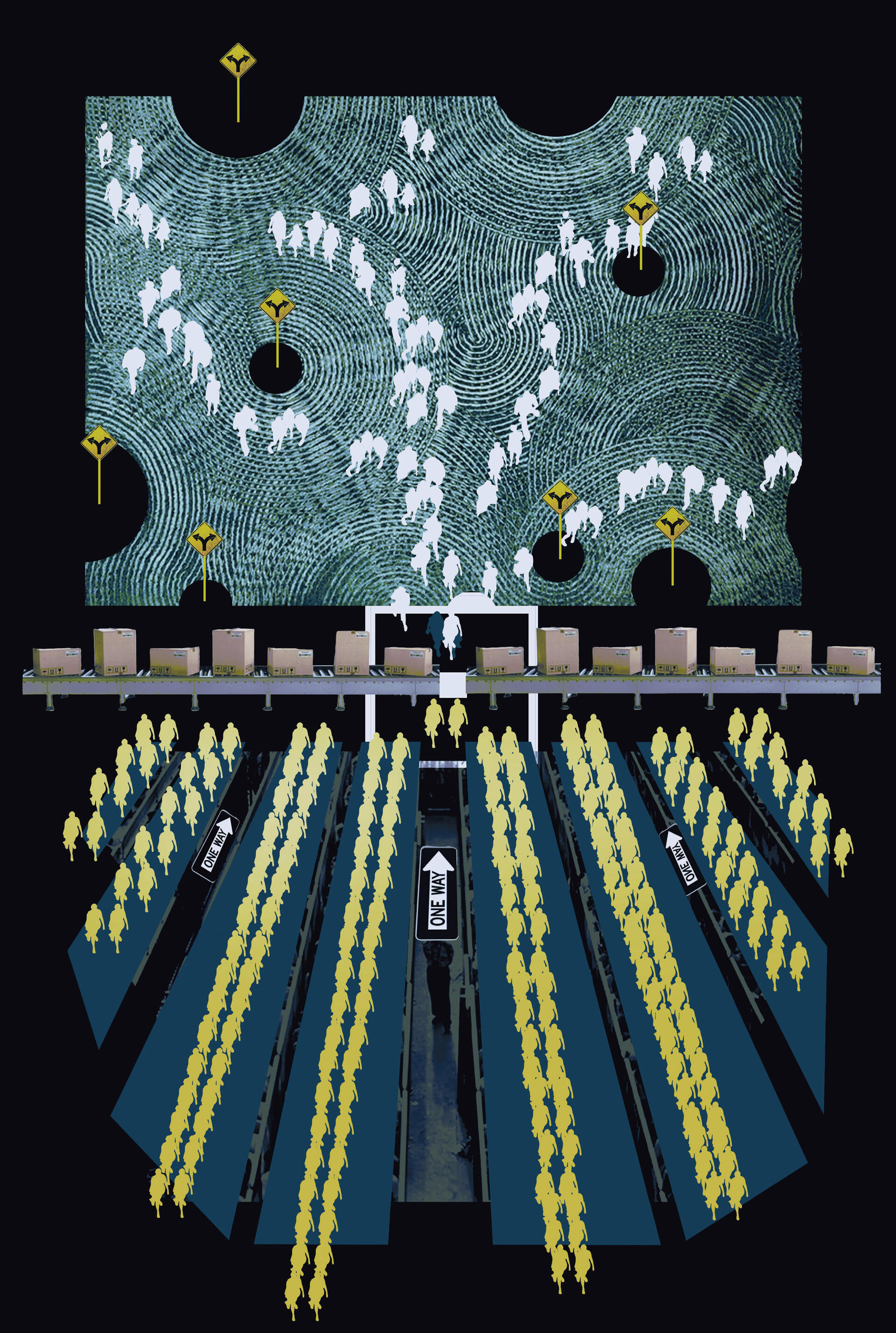
Goods or Human
The image outlines my concept box, in which I have carefully divided six specific levels. Each layer has gaps through which small balls travel, recreating the encounters explored in the subway frame. The design is intended to mimic the changes experienced in travel on the subway system. Each layer offers a unique combination of colors, shapes, routes, sounds, and materials that turn a routine of clear and repetitive travel into a colorful enterprise. By covering these layers, the concept box captures the dynamism and multifaceted nature of urban commuting, making it a lock-in and vibrant encounter for customers.
Image
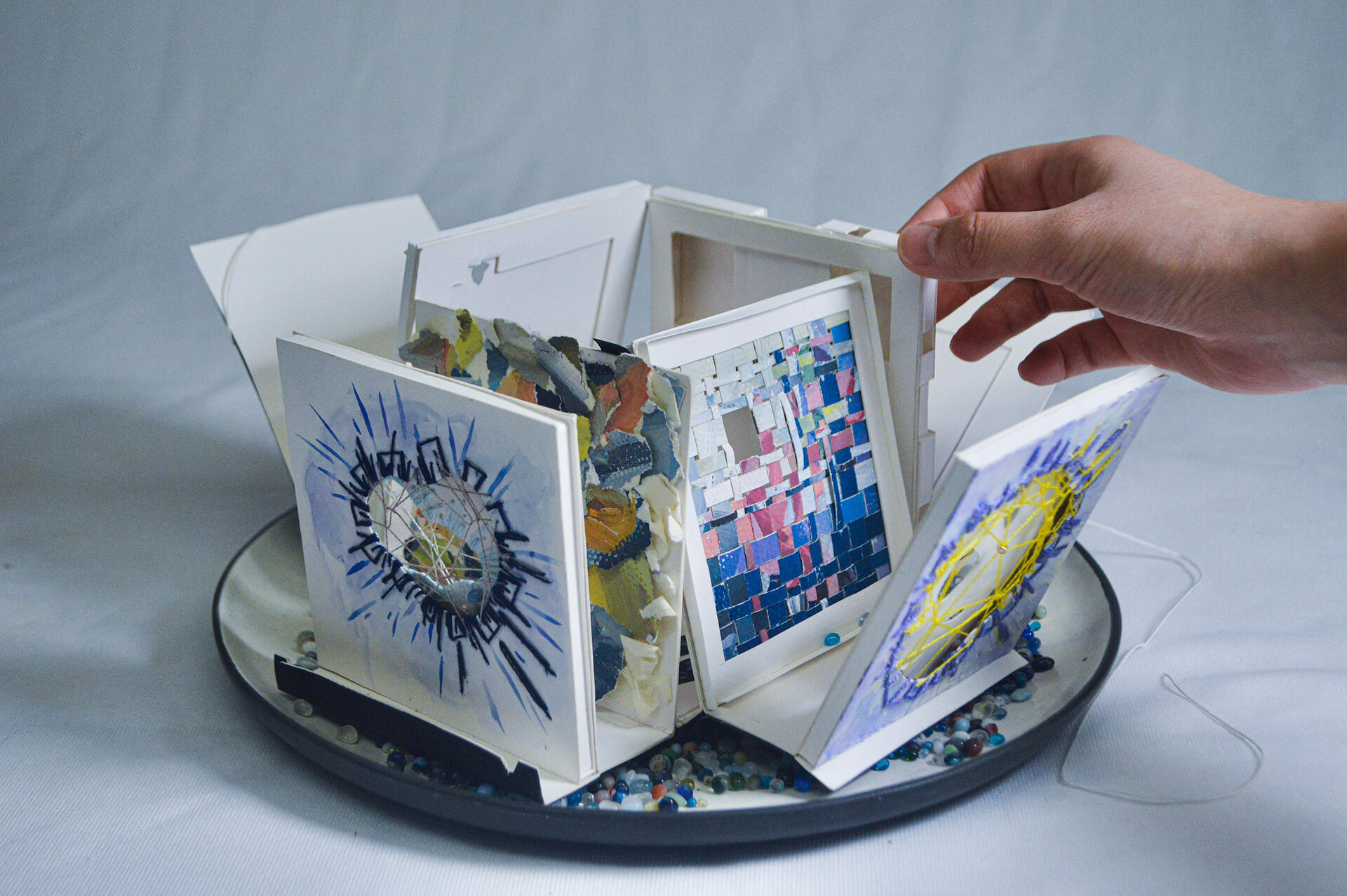
Subway Black Box
After observation and analysis, I believe that in the dynamic environment of Beijing subway stations, the parts that have the greatest impact on the journey are the corridors, corners and elevators. So I isolated these three Spaces for modular design. By changing the shape and combination of elements in these areas, the invisible narrative of the scene is changed, ultimately creating richer behavioral possibilities for passengers. This design hopes to provide easy modification and innovative ways of reshaping the space without changing the structure of the building and encourage diverse interactions and experiences between passengers.
Image

Design Methods
In addition to the basic shape and material changes of the space, I used the method of adding media to project different colors, lights, and sounds to the space. This approach is flexible and can be linked to the outside city, putting sensory stimulation first and pulling people into a virtual experience that is not part of the real space.
The projection is connected to a ground-based camera to capture beautiful moments in the city, such as weather changes, animal presence, and plant growth. These projectors will also display computer-generated images, including scenes such as fantasy, oceans, and glaciers. This combination of real and virtual visuals is designed to create a dynamic, immersive experience that blends the natural world with an imagined landscape.
Image
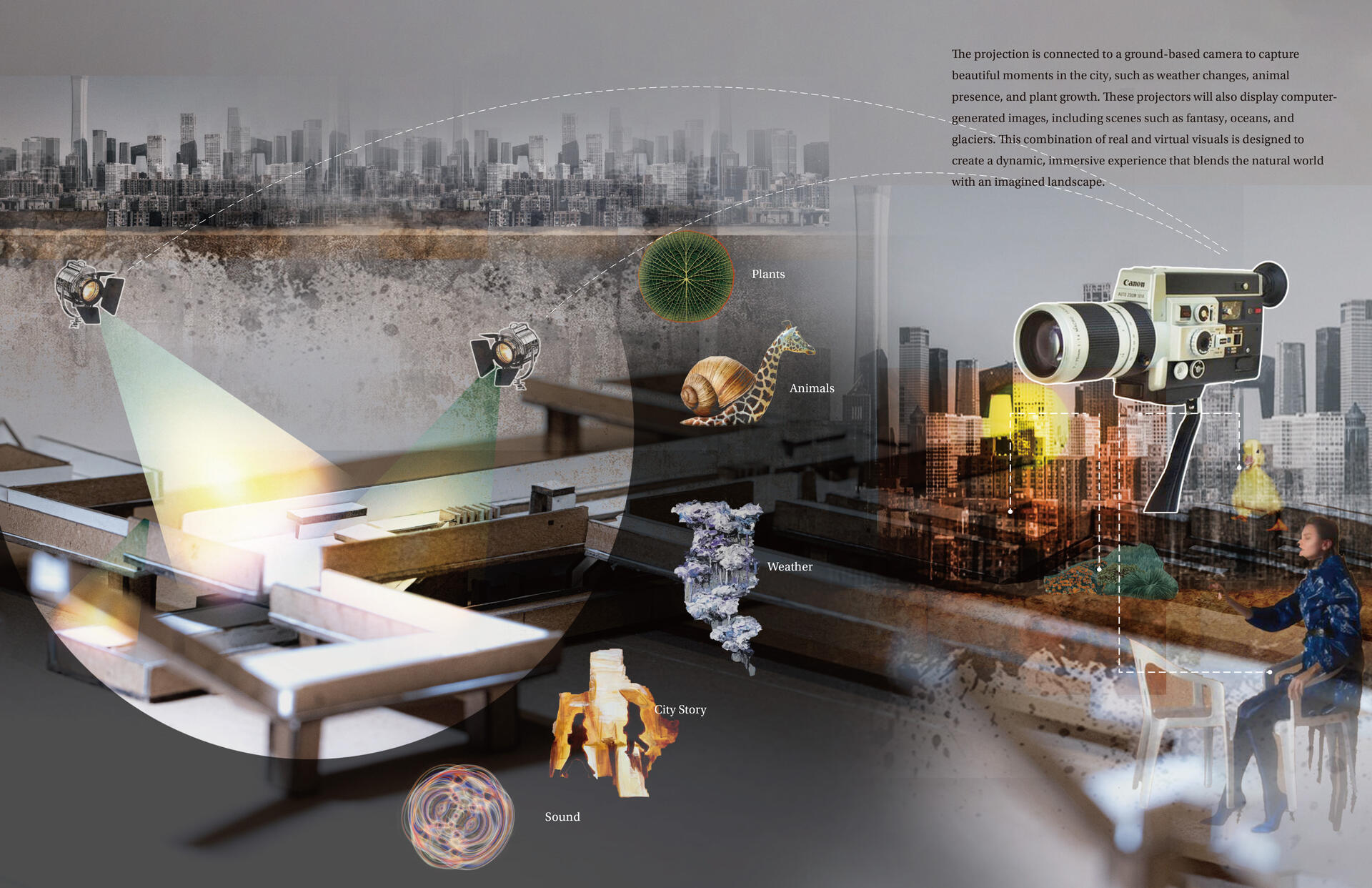
Linking projections up and down the city
The gloss and texture of different materials affect color perception. Smooth, glossy surfaces like marble or shiny plastic make colors brighter and more striking, evoking stronger emotions. Conversely, rough or matte surfaces like frosted glass or unfinished wood absorb light, making colors softer and more subdued, resulting in a calmer emotional effect.
Image
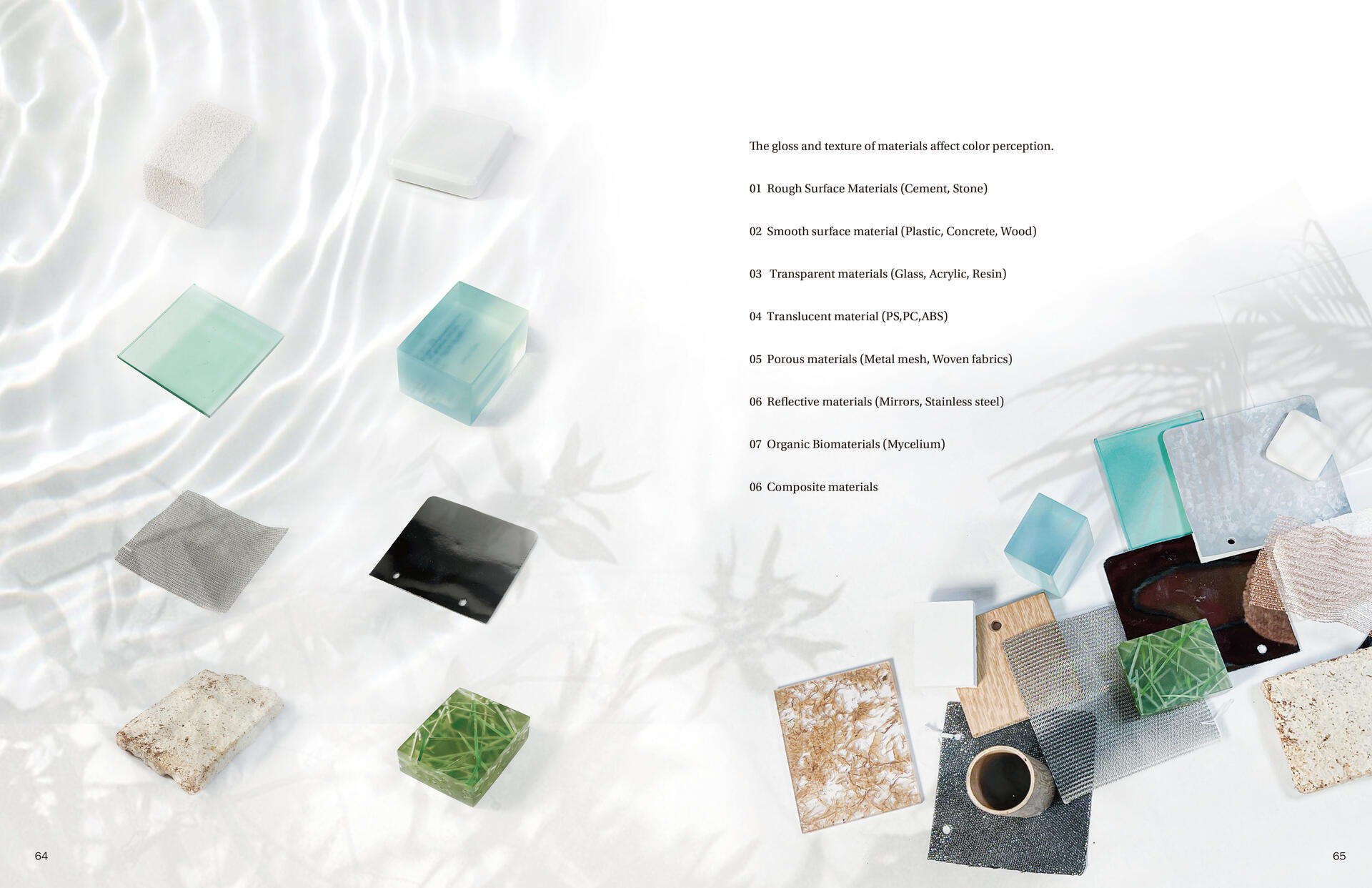
Material Test
Let's watch what to expect with this design.
Expectation
Video file
EXHIBITION IMAGES
